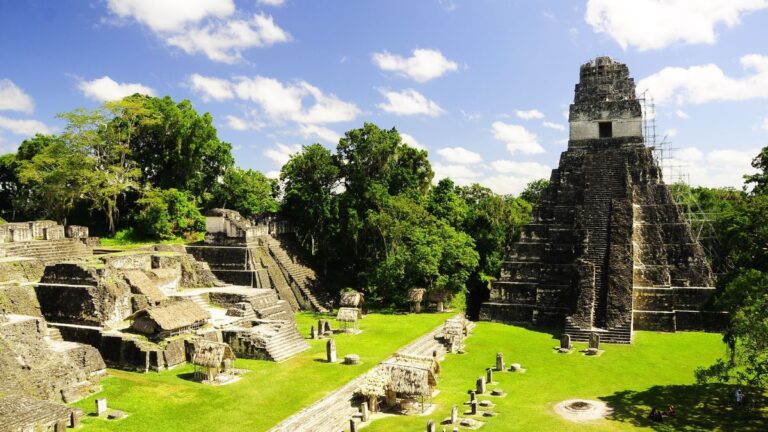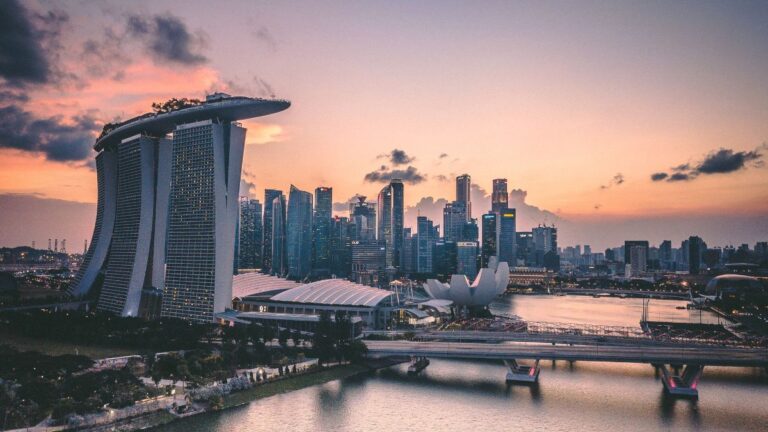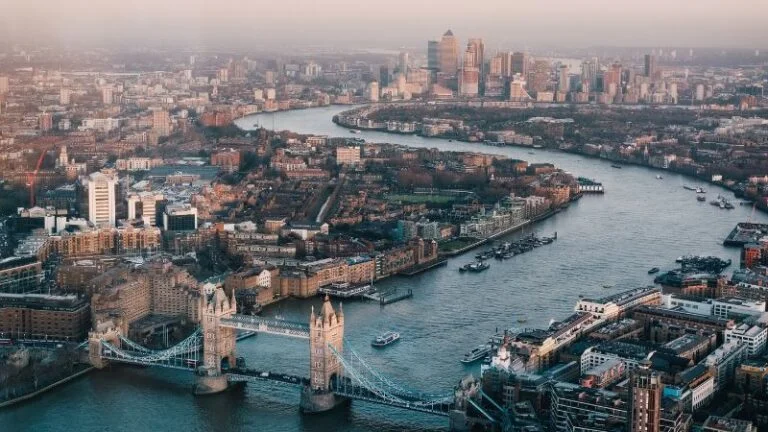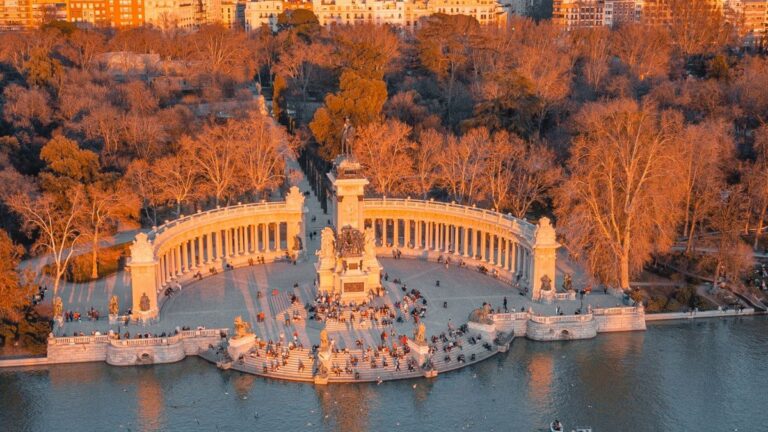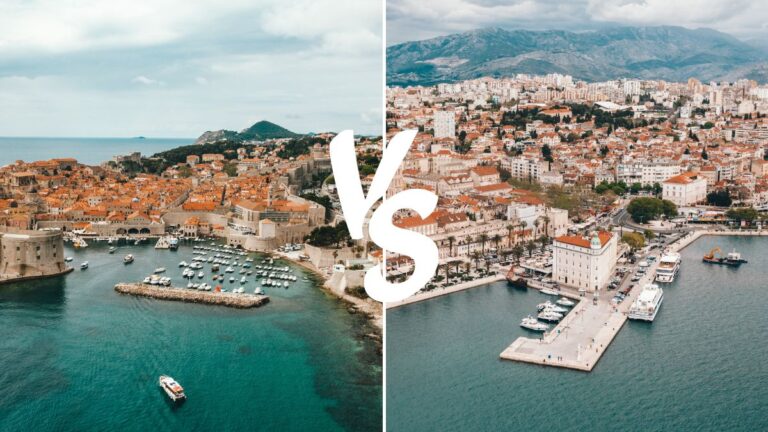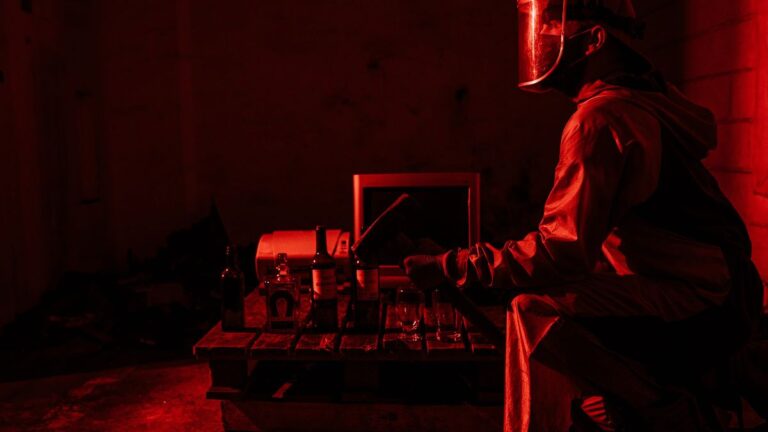Worst Time To Visit Hoi An: Avoid These Hot and Rainy Months
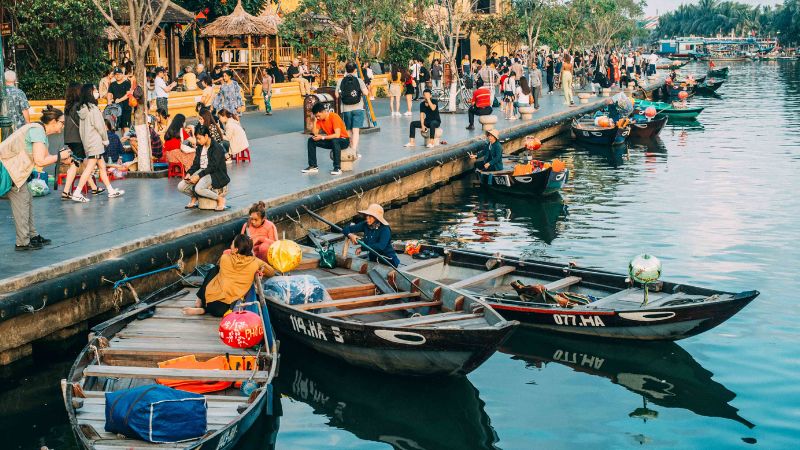
As participants in Amazon Associates and other programs, we earn from qualifying purchases. This comes at no additional cost to you. For more details, see our Affiliate Disclosure.
While Hoi An is a beautiful place to visit year-round, some months may not be the best time to go due to unfavorable weather conditions. In this article, we’ll explore the worst time to visit Hoi An, particularly the hot and rainy months that can make your trip less enjoyable. So if you’re planning a trip to Hoi An, keep reading to learn when to avoid going and what you can expect during the hot and rainy season.
Hoi An, a charming ancient city located in central Vietnam, is a popular destination among tourists worldwide. With its well-preserved architecture, colorful lanterns, and rich cultural heritage, Hoi An offers a unique and unforgettable experience. However, as with any travel destination, choosing the right time to visit is essential to enjoy your trip fully.
Hoi An’s Climate: Understanding the Seasons
Hoi An has a tropical climate, which means it’s hot and humid all year round. However, the city experiences distinct seasons that can affect your travel plans. The dry season runs from February to May, with March and April being the most pleasant months to visit. The wet season starts in September and lasts until January, with October and November being the rainiest months.
The temperature in Hoi An can soar to over 95 Fahrenheit (35 degrees Celsius) during the hottest months, making it uncomfortable for many travelers. It’s essential to research the climate and weather conditions before planning your trip to Hoi An to ensure you choose the best time to go.
The Hottest Months in Hoi An: Why You Should Avoid Them
The hottest months in Hoi An are June, July, and August. The temperature during this time can be extremely uncomfortable, reaching over 95 Fahrenheit (35 degrees Celsius). It’s important to note that Hoi An’s heat is also accompanied by high humidity levels, making it even more unbearable.
The extreme heat can make outdoor activities challenging, and it’s common to experience fatigue and dehydration. Additionally, the heat can lead to heatstroke or other heat-related illnesses, which can ruin your vacation. Therefore, it’s best to avoid visiting Hoi An during the hottest months and plan your trip around the more pleasant seasons.
Monsoon Season in Hoi An: When to Expect Rain
Monsoon season in Hoi An runs from September to January, with October and November being the wettest months. During this time, the city experiences heavy rainfall, strong winds, and sometimes floods. The rains can last for days, making it impossible to enjoy outdoor activities. It’s also common to experience power outages, traffic congestion, and disruption to transportation services.
Suppose you plan to visit Hoi An during the monsoon season. In that case, it’s essential to pack appropriate rain gear and prepare for the possibility of having to reschedule activities due to the weather. However, the rainy season can also offer unique opportunities to experience Hoi An’s scenic beauty, as the city’s lush vegetation and vibrant colors come to life in the rain.
Weather Challenges for Tourists in Hoi An During the Hot and Rainy Months
Hoi An’s hot and rainy months can present several weather challenges for tourists. The extreme heat during the hot season can make outdoor activities difficult, leading to fatigue, dehydration, and other heat-related illnesses. In contrast, the rainy season can lead to floods, traffic congestion, and power outages, making it hard to navigate the city. Additionally, the high humidity levels during both seasons can lead to discomfort and make it hard to enjoy your vacation.
It’s essential to pack appropriate clothing and gear, including light, breathable clothing for the hot months and rain gear for the wet season. It’s also important to plan activities around the weather and stay hydrated and rested to avoid health complications.
What to Pack: Essential Items for Your Hoi An Trip During the Hot and Rainy Season
Packing for a trip to Hoi An during the hot and rainy seasons requires extra thought and planning. For the hot months, it’s important to pack light, breathable clothing to stay cool and comfortable in the extreme heat. Loose-fitting clothes made from natural fibers like cotton or linen are ideal.
Additionally, it’s important to bring a hat, sunscreen, and plenty of water to stay hydrated while exploring the city. For the rainy season, waterproof shoes, a rain jacket or poncho, and an umbrella are essential to staying dry. Packing quick-drying clothing and a waterproof backpack to protect your belongings.
Alternatives to Hoi An: Exploring Other Destinations in Vietnam During the Rainy Season
While Hoi An is a beautiful destination, it may not be the best option during the rainy season. Fortunately, Vietnam has several other places to explore during this time.
Hue
Located in central Vietnam, Hue is a historic city known for its citadel, royal palaces, and pagodas. It experiences less rainfall than Hoi An during the rainy season, making it a great alternative for those who still want to experience central Vietnam’s charm.
Hanoi
Vietnam’s capital city offers a unique cultural experience, with plenty of temples, museums, and historical sites. Hanoi experiences milder temperatures during the rainy season, making it a great option for those who want to avoid the extreme heat of the hot season.
Sapa
Located in the northern part of Vietnam, Sapa is a beautiful mountainous region with stunning rice terraces, waterfalls, and scenic trekking trails. It experiences cooler temperatures during the rainy season, making it an ideal place to visit for those who want to escape the heat of central Vietnam.
Da Lat
Known as the “City of Eternal Spring,” Da Lat is a charming highland town in southern Vietnam. It experiences a mild and temperate climate year-round, making it a great alternative to Hoi An during hot and rainy seasons.
Phu Quoc
A beautiful island in southern Vietnam, Phu Quoc offers a relaxing tropical getaway during the rainy season. It experiences less rainfall than the rest of the country and boasts stunning beaches, clear waters, and a variety of water activities to enjoy.
Tips for Making the Most of Your Hoi An Trip Despite the Weather Challenges
While weather challenges can make your trip to Hoi An less enjoyable, there are several ways to make the most of your vacation. First, it’s important to plan your activities around the weather. For example, visit museums, galleries, or indoor markets during the rainy season, and plan outdoor activities for the drier months.
It’s also important to stay hydrated and rested to avoid heat-related illnesses, especially during the hot season. Additionally, consider taking part in cooking classes, spa treatments, or other indoor activities to make the most of your trip. Finally, it’s a good idea to research the weather before your trip and pack appropriate gear and clothing to ensure you’re prepared for any weather conditions.

